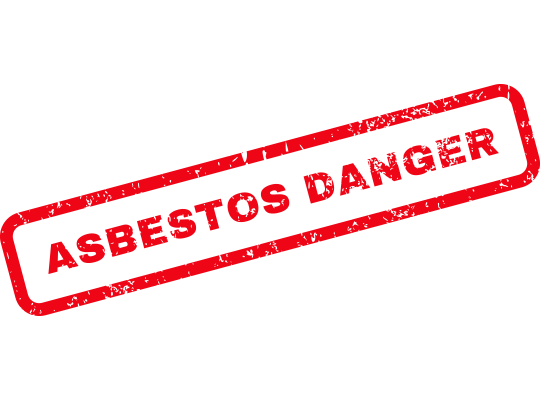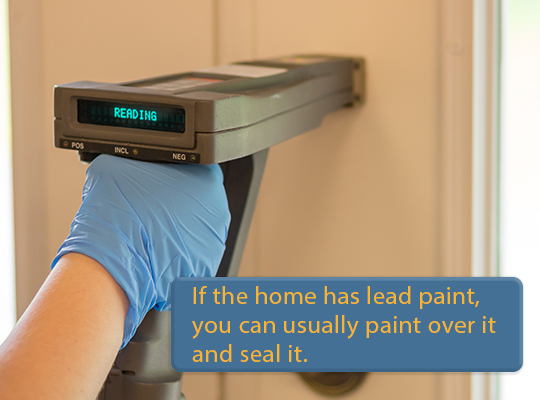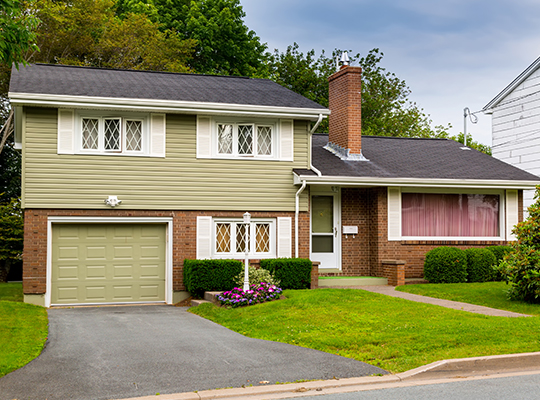What to know when purchasing a home built in the 1970’s
A home inspection report can be the main reason buyers back out of a home purchase. When purchasing a home built in the 1970’s it is the realization that buying an older home may be different than what you are used to. Housing codes have changed over the years.
Homes built in the 1970’s have modern components that meet health and safety standards that you might expect in a more modern home. Even with the newer technology used; some elements have proven to be less than desirable. A home inspection might find these problem areas;
• Aluminum wiring
• Asbestos (around ductwork)
• Lead Paint
Learn more about HomeMD inspections

Aluminum Wiring
With the shortage of copper in the late 1960’s and 1970’s, the housing industry switched to aluminum for wiring. Aluminum was available, less expensive and performed well. After a few years, the wires started to corrode and cause house fires. Receptacles and light switches were still using the copper wiring or other metals. This caused a reaction with the aluminum wiring connected to them. These connections deteriorated the wires resulting in small gaps or very thin sections of wire. The wire’s capacity to carry current was decreased. This increased the heat or even arching which can cause fires. Aluminum wiring is still used on 30 and 40 AMP circuits used for electric ovens, AC, clothes dryers, etc. These circuits run directly to the appliance without any connections. Your home inspector will check for aluminum wiring on 15 and 20 AMP circuits. The home inspector will recommend a licensed electrician to make necessary upgrades to decrease fire hazards.
Learn more about mold inspections

Asbestos
Asbestos performs well as an insulating material and as a fire retardant. Asbestos was used on heating systems to protect the surrounding wood and to insulate the ducts. It was in “popcorn” textured ceilings to make them less flammable. Some types of asbestos were found to be carcinogenic. It is no longer used in homes. Your home inspector can recognize the use of materials that may contain asbestos. The home inspector may suggest the materials be tested by a qualified lab if asbestos is suspected.
Lead Paint
Lead was banned as an additive in house paint in 1978 and is no longer used. If the home has lead paint, you can usually paint over it and seal it. However, if the paint is peeling or flaking, your inspector may recommend testing or having a professional paint and to reduce the risk of exposure.
If you are buying a home that is 40 years old, you should expect some items to be worn. Your home inspector may recommend some items to be replaced or repaired. Your home inspector will be checking the roof, plumbing fixtures, HVAC systems, window hardware, appliances, etc. for signs of age and wear. Over the years, these items may have been upgraded and will be found to be in good condition.

Schedule a Home Inspection Now

